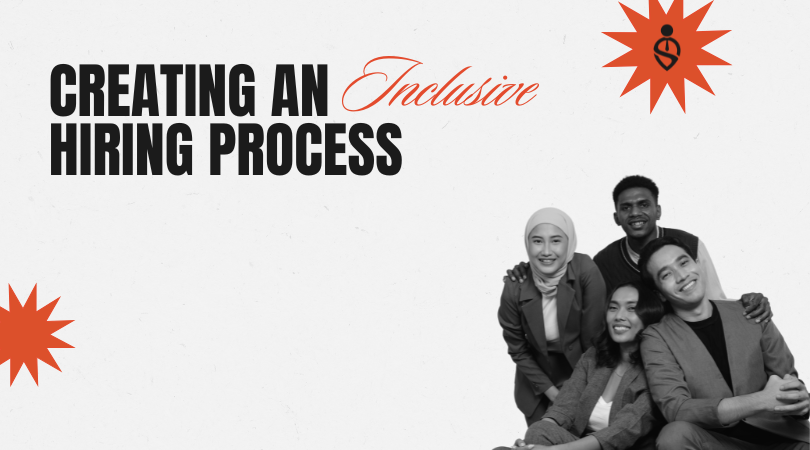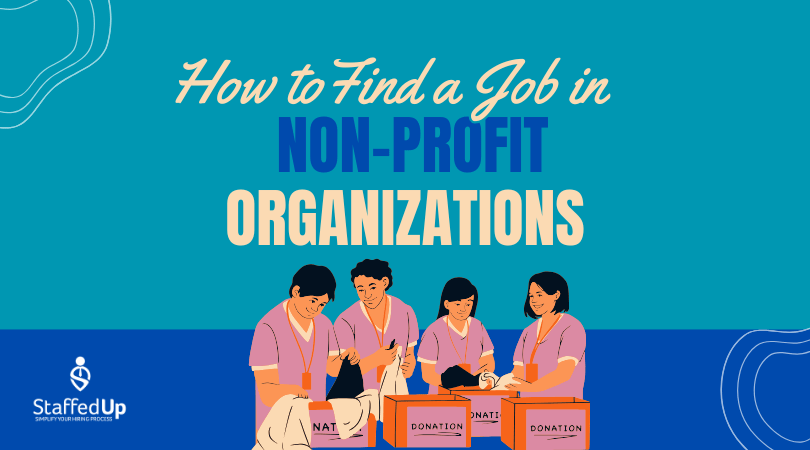
Tools and Techniques for Managing Workplace Anxiety
In today’s fast-paced and demanding work environments, it’s not uncommon for employees to experience anxiety. Whether it’s caused by high workloads, tight deadlines, or simply the pressures of daily responsibilities, workplace anxiety can have a significant impact on both individual well-being and overall productivity. Fortunately, there are several employee engagement tools and techniques that can help manage and alleviate workplace anxiety. In this blog post, we will explore some effective strategies to support employees in navigating and minimizing workplace anxiety.
Recognizing the Signs of Workplace Anxiety
The first step in managing workplace anxiety is to recognize the signs and symptoms. Some common indicators of workplace anxiety include excessive worry, difficulty concentrating, restlessness, irritability, and changes in sleep patterns or appetite. It’s crucial for both individuals and managers to be aware of these signs and take them seriously.
Promoting a Supportive Work Environment
Creating a supportive work environment is key to managing workplace anxiety. Organizations can encourage open communication and foster a culture that prioritizes employee mental health and well-being. Managers should make themselves approachable and available to discuss any concerns or challenges employees may be facing. Providing resources for mental health support, such as counseling services or employee assistance programs, can also be beneficial.
Time Management and Prioritization
Often, workplace anxiety can stem from feeling overwhelmed by an excessive workload or the perception of not having enough time to complete tasks. Encouraging effective time management and prioritization skills can help employees better manage their workload and reduce anxiety. Techniques such as creating to-do lists, setting realistic goals, and breaking tasks into smaller, more manageable steps can be effective in reducing stress and increasing productivity.
Developing Coping Mechanisms
Individuals should develop coping mechanisms to help manage workplace anxiety. Deep breathing exercises, mindfulness meditation, and physical activities like stretching or walking during breaks can help reduce anxiety and promote relaxation. Encouraging employees to take short breaks throughout the day to engage in these activities can have a positive impact on their well-being and overall productivity.
Building Support Networks
Building support networks is vital in managing workplace anxiety. Encouraging social connections and fostering a sense of camaraderie among coworkers can provide a support system when facing challenges or stressful situations. Encourage team-building activities, social events, or even the establishment of mentorship programs. This can help employees feel supported and less isolated, reducing workplace anxiety.
Seeking Professional Help
In severe cases, where workplace anxiety significantly impacts an individual’s well-being and ability to function, it may be necessary to seek professional help. Employers should ensure that avenues for professional counseling or therapy are available to employees who may require more specialized support. Reducing the stigma around seeking therapy and promoting mental health awareness is essential in fostering a healthy work environment.
Encouraging Work-Life Balance
Workplace anxiety can be exacerbated when there is a lack of work-life balance. Encouraging employees to maintain a healthy balance between work and personal life is crucial in managing anxiety. Setting clear expectations around working hours, promoting flexible work arrangements, and encouraging employees to take time off when needed can help prevent burnout and reduce workplace anxiety.
Workplace anxiety is a reality for many individuals, but it doesn’t have to dominate their work lives. By recognizing the signs, promoting a supportive work environment, and implementing strategies such as time management techniques, coping mechanisms, and building support networks, employees can effectively manage workplace anxiety. Ultimately, prioritizing employee well-being and mental health not only leads to a happier and healthier workforce but also improves overall productivity and organizational success.





